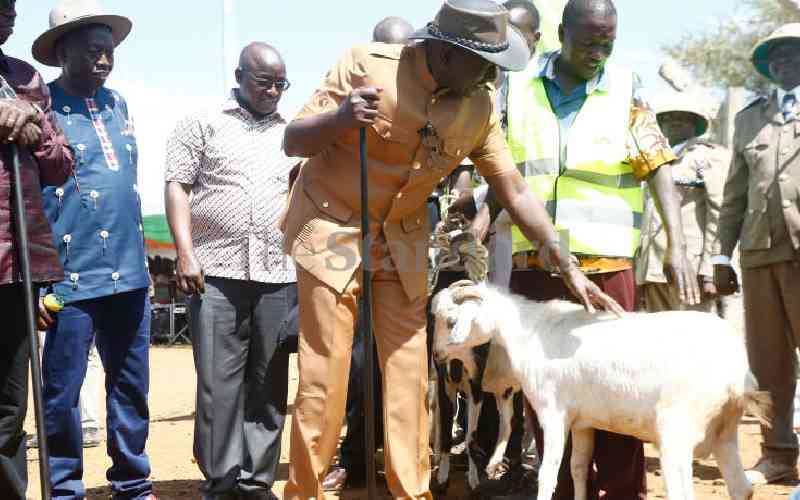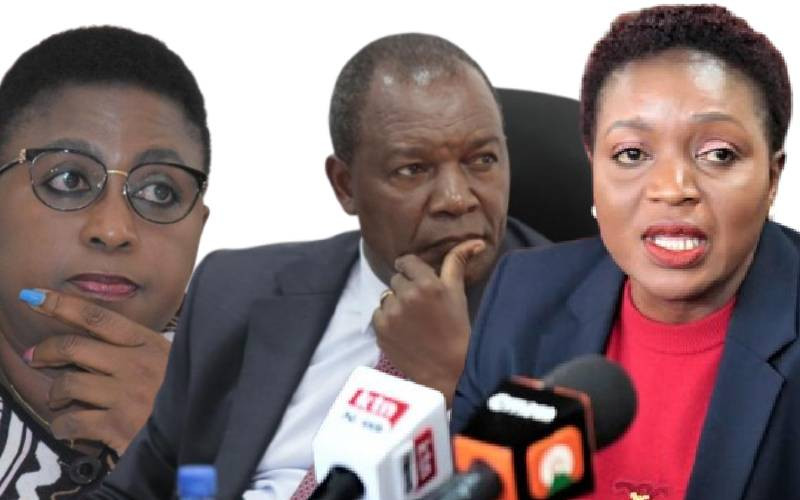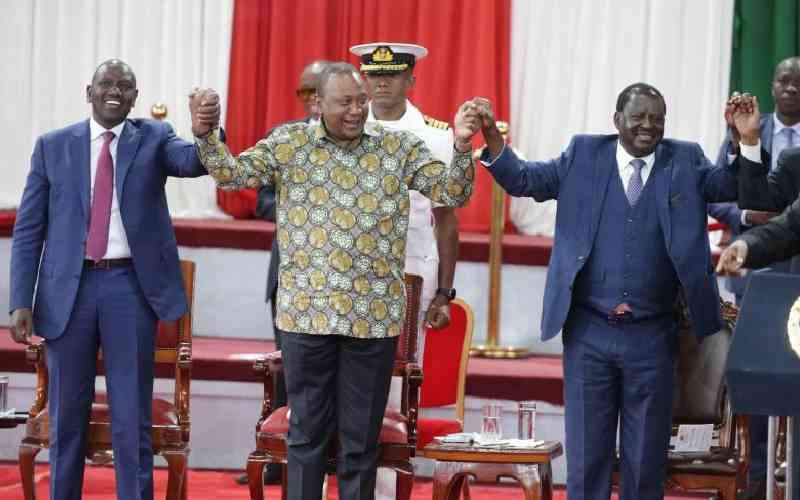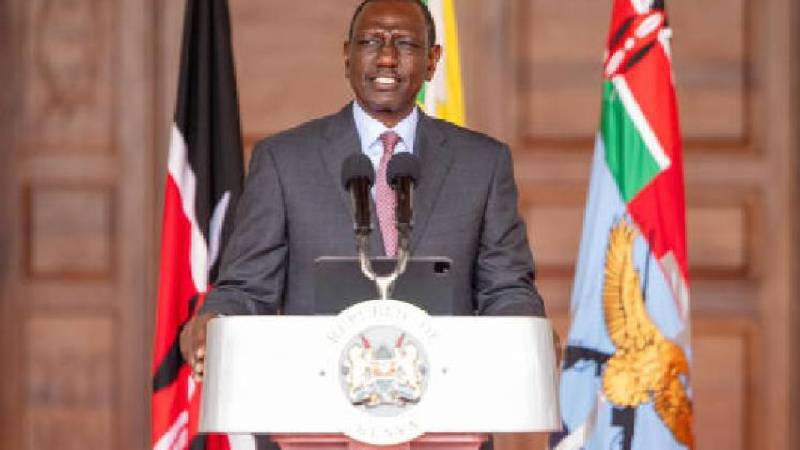By PETER APPS
Striking Islamist militants with drones, supporting African forces in making Somalia and Mali stable and deploying dozens of training teams, the United States military has returned to Africa.
Its presence remains mostly low key, barely mentioned in the context of President Barack Obama’s visit to Africa earlier this week. Nevertheless, with some 4,000-5,000 personnel on the ground at any given time, the US now has more troops in Africa than at any point since its Somalia intervention two decades ago. That ended in humiliation and withdrawal after the 1993 ‘Blackhawk Down’ debacle in which 18 American soldiers died.
There are two main reasons behind the build up: to counter Al Qaeda and other militant groups and to win influence in a continent that could become an increasingly important destination for American trade and investment as China’s presence grows in Africa. Obama’s eight-day trip is heavily focused not on military issues but on trade and economic development in visits to Senegal, South Africa and Tanzania.
In the Horn of Africa, the vast majority of US forces deployed in Africa are at a major French military base in Djibouti, a tiny country sandwiched between northern Somalia, Ethiopia and Eritrea.
While US officials will not comment in detail on what happens at the base, experts say it has provided a staging post for occasional special forces deployments and drone and air attacks against Islamist militant targets in Somalia.
Smaller operations
Dramatic as those actions are, smaller operations and outreach programs often with only a handful of troops are key to the strategy of winning influence in a continent where China has surpassed the US as the No.1 trade partner and has huge mining, energy and infrastructure investments.
Such limited missions, US officers say, have gone a long way to reducing initial African scepticism over Germany-based AFRICOM, set up in 2008 to bring all American military activity in Africa under one unified command, rather than dividing responsibility between commanders in Europe, the Middle East and Asia.
“We are focusing on building human capital,” says Major General Charles Hooper, head of strategy and plans at AFRICOM. “The smaller missions can be some of the most effective when it comes to gaining trust.”
In Angola, Namibia, Democratic Republic of Congo and elsewhere, US engineers have helped train local counterparts in landmine clearance. In southern Africa, military medics have helped local armies tackle HIV infection while in Mauritania, the focus has been on veterinary aid to local ranchers. US warships combating piracy off both East and West Africa are increasingly frequent visitors to local ports.
African militaries
One US aim is to convince African militaries their interests are best served by remaining democratically accountable and not interfering in politics.
Some operations, however, have hit just that problem. The hunt in Central African Republic for Ugandan warlord and head of the rebel Lord’s Resistance Army Joseph Kony has largely been suspended following a March coup in CAR. The anti-LRA mission had been the only one in Africa in which combat troops were deployed, involving just over 100 US special forces personnel. US forces continue to train Ugandan and other armies as part of that operation.
Critics in Africa complain Washington’s approach to the continent has become increasingly militarised and focused on counterterrorism. Others worry her military clout may ultimately be used to seize resources. US officials disagree and point to Obama’s visit as evidence of their intentions. “This trip ultimately disproves the notion that we’re somehow securitising the relationship with Africa,” Deputy National Security Adviser Ben Rhodes told a conference call last week. “This trip is expressly devoted to trade and investment, democratic institution-building, young people and unleashing economic growth through some of our development priority.”
Stay informed. Subscribe to our newsletter
In general, US forces have only been able to operate when African governments – or sometimes France, which maintains a network of bases in former colonies – allow them to. Permission can be quickly withdrawn for political reasons.
In April, Morocco canceled its annual Exercise African Lion with US forces after a suggestion from Washington that United Nations monitors in the disputed Western Sahara region should extend their mandate to include human rights.
The US still treads carefully in Somalia, the scene of a serious reverse in 1993 when militia fighters killed 18 Americans on a mission to capture a Somali warlord in support of a UN mission. US officials say there are often one or two American liaison officers deployed inside Somalia helping African Union forces fight Islamist group al Shabaab – which is linked to al Qaeda – on behalf of Somalia’s transitional government. Most of the US support for the African Union mission AMISOM remains outside the country, training forces in Kenya, Uganda and elsewhere.
It is a similar picture on the other side of the continent, where the US military is also acting primarily in support of local nations and France.
The aftermath of the 2011 Libya war has seen a flood of weapons and militants across the Sahel, fueling the rise of al Qaeda in the Islamic Maghreb, which briefly captured much of northern Mali before a French offensive there earlier this year. The US Air Force provided much of the transport for both African and French reinforcements in Mali, while American air tankers from England have flown long missions over the Sahara refueling French jets.
Some 100 US personnel deployed to Niger to set up a drone base. Unlike in East Africa, however, the drones will be unarmed and used only for reconnaissance to track Islamist militants.
– Reuters
 The Standard Group Plc is a
multi-media organization with investments in media platforms spanning newspaper
print operations, television, radio broadcasting, digital and online services. The
Standard Group is recognized as a leading multi-media house in Kenya with a key
influence in matters of national and international interest.
The Standard Group Plc is a
multi-media organization with investments in media platforms spanning newspaper
print operations, television, radio broadcasting, digital and online services. The
Standard Group is recognized as a leading multi-media house in Kenya with a key
influence in matters of national and international interest.
 The Standard Group Plc is a
multi-media organization with investments in media platforms spanning newspaper
print operations, television, radio broadcasting, digital and online services. The
Standard Group is recognized as a leading multi-media house in Kenya with a key
influence in matters of national and international interest.
The Standard Group Plc is a
multi-media organization with investments in media platforms spanning newspaper
print operations, television, radio broadcasting, digital and online services. The
Standard Group is recognized as a leading multi-media house in Kenya with a key
influence in matters of national and international interest.







